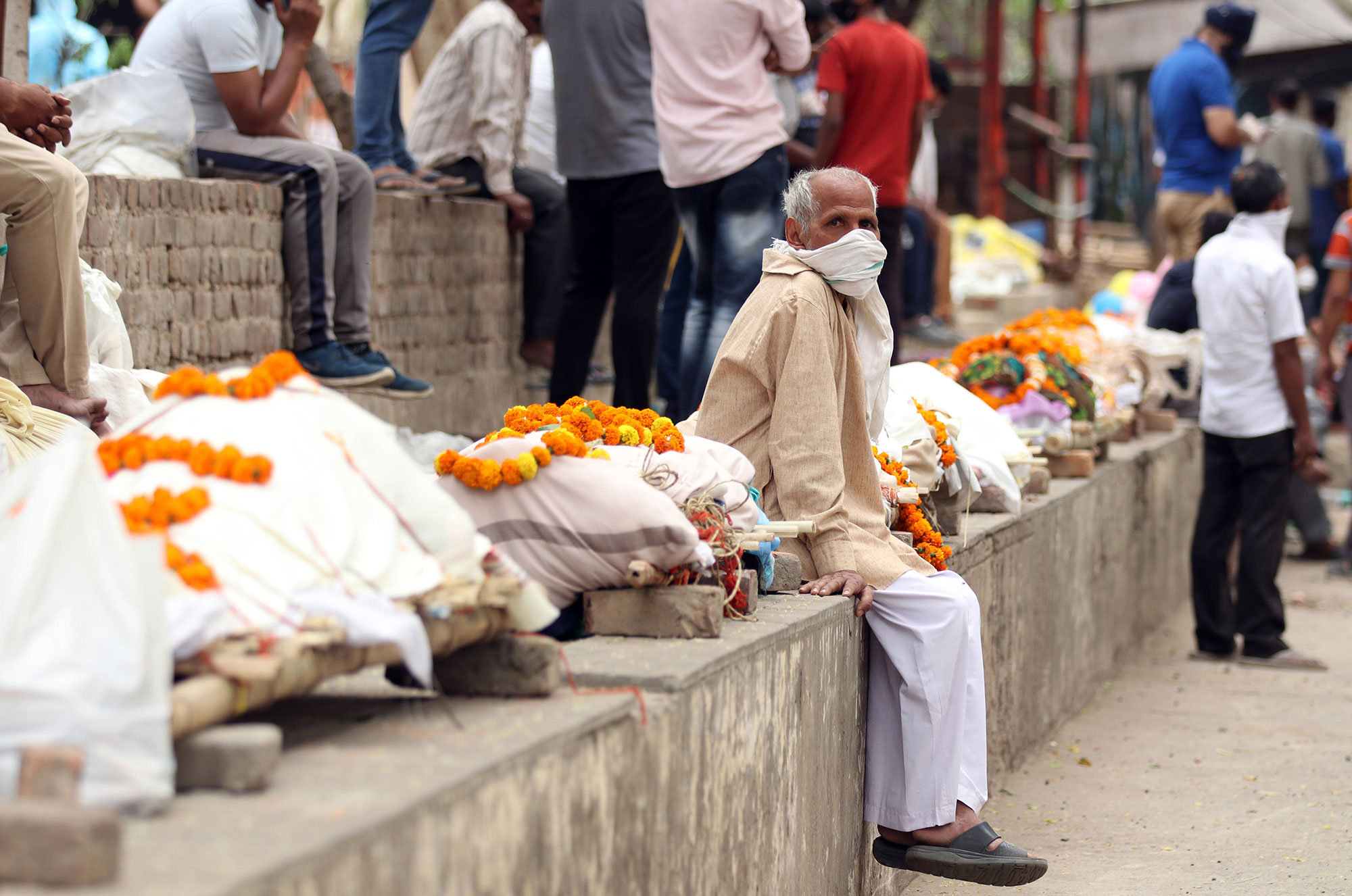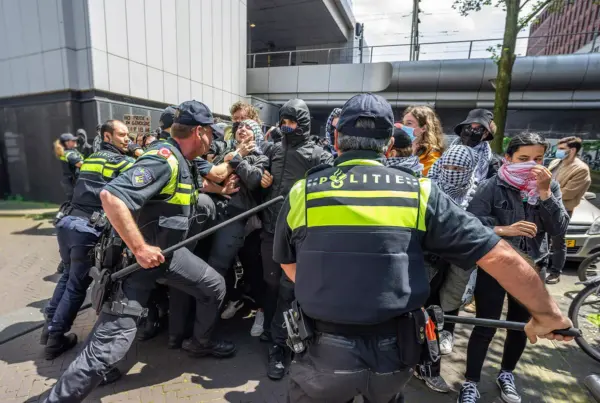In April and May of 2021, India underwent one of the world’s worst second waves of COVID-19. While new cases have sharply decreased, and Indonesia has become the new epicenter of COVID-19 in Asia, the aftermath of India’s intense lockdowns and overrun medical resources are begging the question as to whether or not democracy in India is sustainable under Prime Minister Modi.
By Lena Krikorian 20.7.2021
India suffered one of the world’s worst waves of COVID-19 starting April 2021. This second wave of COVID-19 dominated headlines globally. In May, India hit a glum global record of over 400 000 new COVID-19 cases per day and recorded the world’s deadliest day of the pandemic at over 4 000 deaths. Oxygen was running low and hospitals throughout the country were (and in some states, still are) under-resourced and overcrowded. With a tragic death toll of over 413 000 and cases still rising, albeit currently at much lower incidence rates than in April, it is unclear how the Indian government can prevent the spread of COVID-19, particularly in rural areas.
According to the US National Public Radio, the strain on the healthcare system has eased in Delhi and Mumbai but rural areas are still under threat. In April and May, it was extremely difficult to get an ambulance; people were dying in parking lots, and ICU beds were hard to come by. Doctors and nurses were burnt out from working nonstop, and some hospital workers were treating their loved ones in their own homes. Indians in the diaspora were rushing to send supplies and were finding ways to contact their loved ones.
Coming out of a devastating second wave of the Coronavirus with a chronic shortage of medical resources, intense lockdowns and a severe lack of space for hospital beds, India has over 31.1 million total cases. In contrast, the first wave had enough hospital space for patients and ventilators. Many believe the second wave could have been prevented and too few lockdowns were imposed too late. Although incidence rates have decreased significantly as of 20 June 2021, the country is still struggling to prevent the spread of COVID-19, despite being the world’s largest producer of COVID-19 vaccines.
The Indian government’s mismanagement of the pandemic including poor resource allocation explain why its now dwindling second wave was so disastrous. Indian doctors and scientists have issued several warnings and have called for stricter measures in light of new pandemic-related threats, such as the Delta and Black Fungus variants, spreading as a result of the Indian government ignoring calls from the medical community.
In March and April, all political parties in India, including the ruling right-wing Bharatiya Janata Party (BJP) under Prime Minister Modi, were holding mass political rallies across the country in an effort to secure votes for the 2021 National Assembly elections. From 27 March to 29 April 2021, citizens of Kerala, Tamil Nadu and Puducherry voted in single-phase elections on 6 April. Assam voted in three phases from 27 March to 6 April, and West Bengal in eight phases until 29 April. Meanwhile, in-person vote counting took place in four states and one union territory while dead bodies were piling up outside hospitals and in the streets.
India hosts a population of nearly 1.4 billion people with diverse languages and religions spanning eight union territories and 28 states. Since gaining independence from the British in 1947, the founders of modern India created states along linguistic lines and chose a federal political structure using a top-down asymmetric, language-based (and not religion-based) bicameral approach. Modi often stresses the importance of Indian federalism, as it is significant for India’s multi-party system. Non-Hindi speaking states have a few smaller parties where political identification is based on language. Larger political parties such as the ruling BJP and the Indian National Congress (INC) parties can and often do dominate one state.
Prime Minister Narendra Modi has come under pressure from within his own party, the BJP, after it lost in the April national assembly elections in the key state of West Bengal. Several long-serving BJP members, including the Indian government’s spokesperson and ministers of health, IT, and education resigned. When Modi was reelected in 2019, he fired 12 ministers and then reshuffled his cabinet again on 7 July to replace those that stepped down, and arguably to quell criticism of the government’s mismanagement of the COVID-19 crisis in India.
In a televised address to the nation, Modi boasted that India was ahead of developed nations in its’ vaccination campaign and was quelling vaccine hesitancy. He announced that every person living in India can get the vaccine, yet only 4 percent of the population has received at least one dose and millions remain unvaccinated. It is highly doubtful that Prime Minister Modi will be able to keep his promise, made in January 2021, to vaccinate 300 million people by August 2021.
India prides itself on being the world’s largest democracy, yet democracy is in decline in India. The increasingly Hindu-nationalist Modi government and its state allies continue to crackdown on government critics and further displace millions of already internally displaced people, and harshly target and discriminate against Muslims. According to a Freedom House Report entitled Democracy under Siege, India’s political score declined from Free to Partly Free in 2021. When leaders such as Modi rely on rhetoric and do not unify and protect their people, democracy declines, a trend exacerbated by the COVID-19 pandemic.





